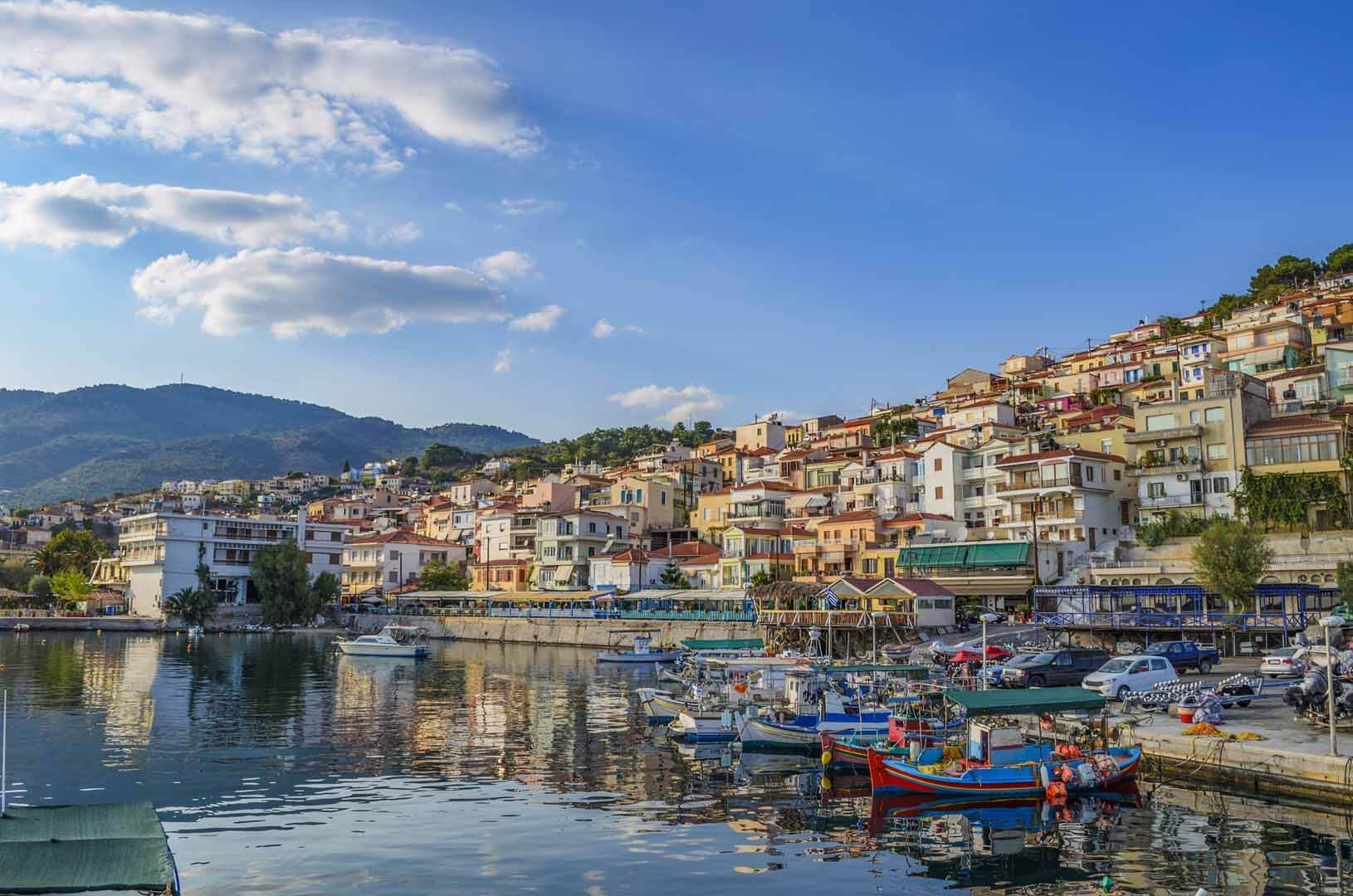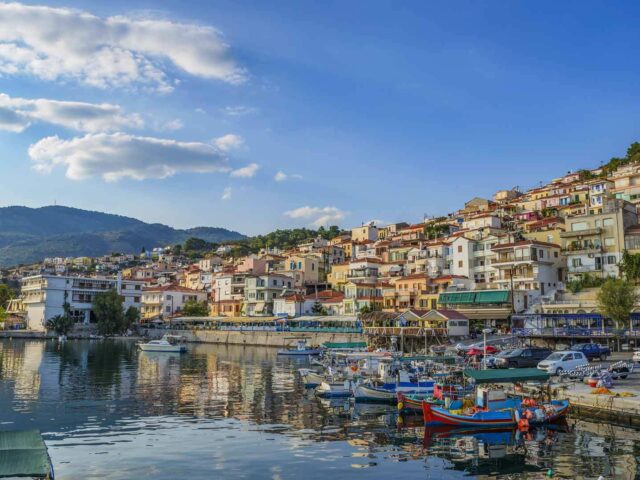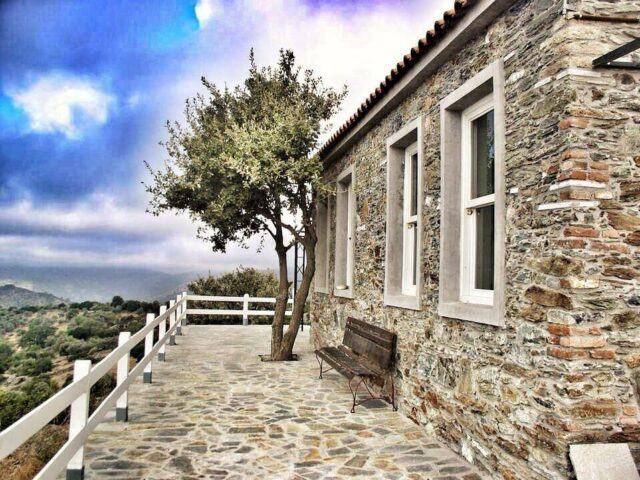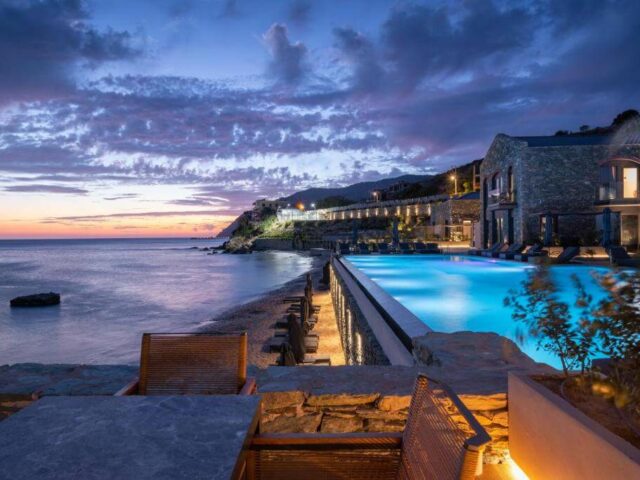Museums
The area of Plomari was inhabited after the fall of the Byzantium, so its history starts quite later than other areas of Lesvos and the rest of Greece. During the end of the 19th century Plomari had experienced an impressive growth in the economic sector. It had a lot of soap factories that were supplying several European countries, oil mills, shipyards and ouzo distilleries.
Plomari used the commercial route of the nearby Smyrna to distribute its products and after the city’s Destruction the economy of Plomari experienced a major recession. Nowadays, Plomari still has several oil mills and ouzo distilleries which support the local economy. The Museums in Plomari are mainly referred to its industrial heritage.
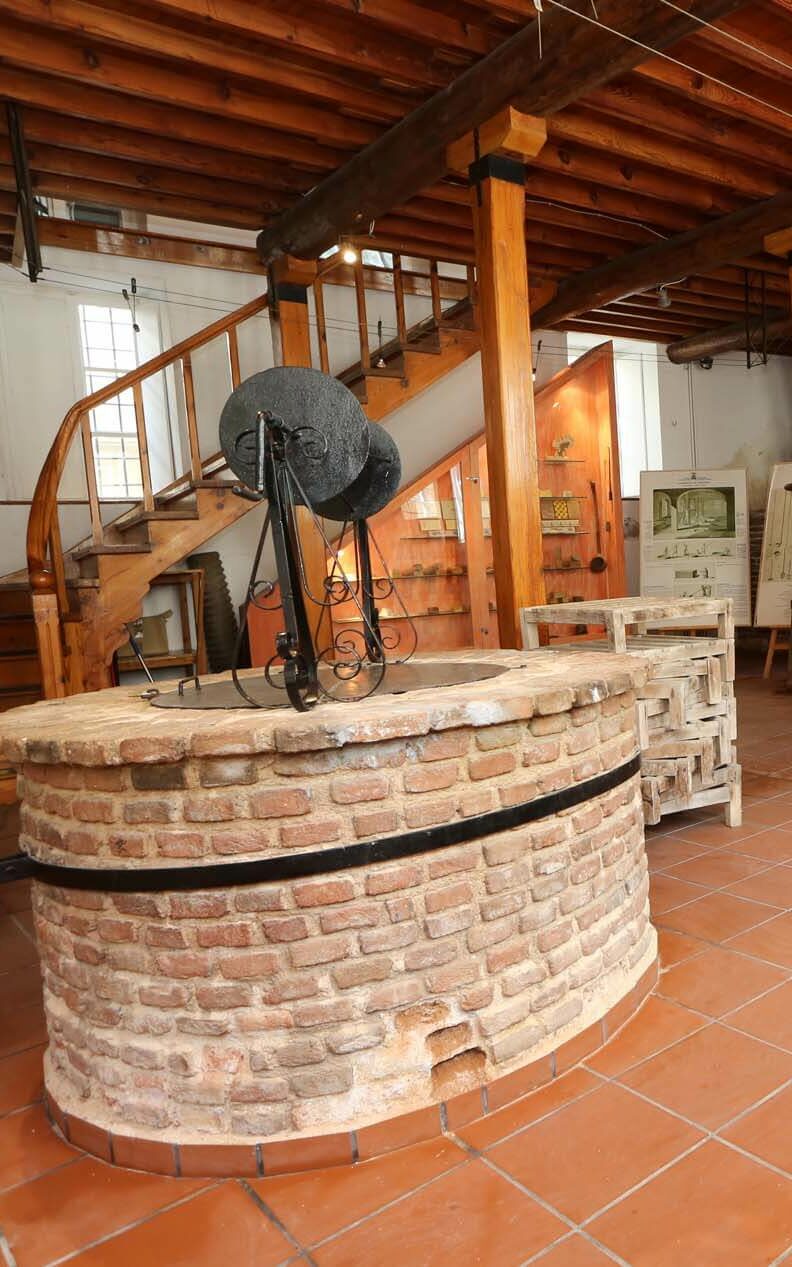
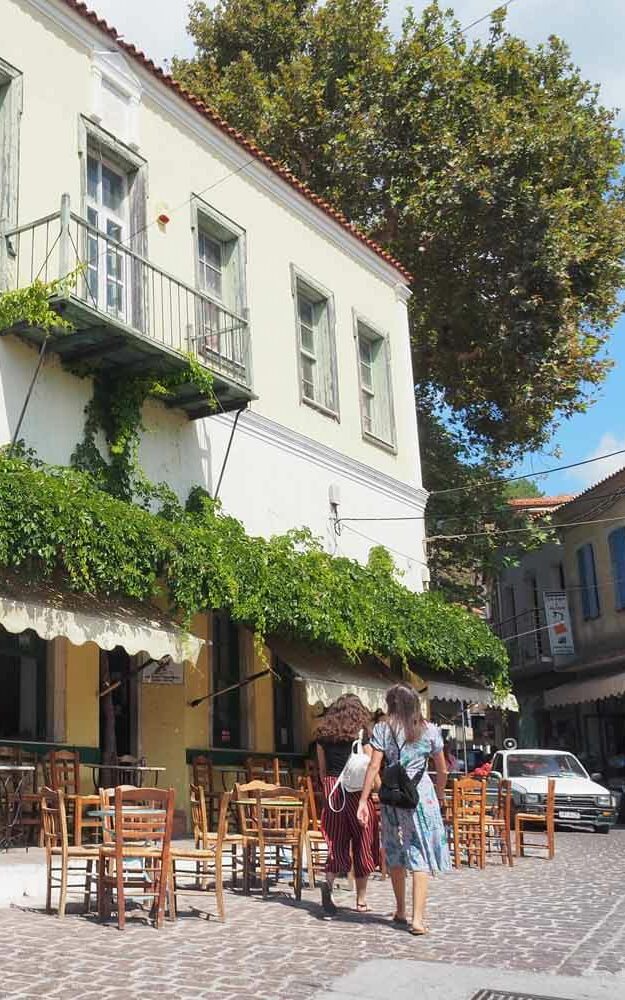
The Barbayiannis Ouzo Museum, located near Ayios Isidoros, next to the actual distillery, highlights the history of the brand and the 150-years-long dedication of the Barbayiannis family to produce ouzo of the finest quality. It is the oldest museum of ouzo in Plomari and among the exhibiths one may see the first alembic of the distillery.
On the road to the village of Playia, the World of Ouzo is the ouzo museum of the Plomari Ouzo Distillery Isidoros Arvanitis. The museum presents the 120-year-long history of the brand and the procedure that is followed in order to create the most popular ouzo in Greece, including the ingredients, the facilities and the equipment.
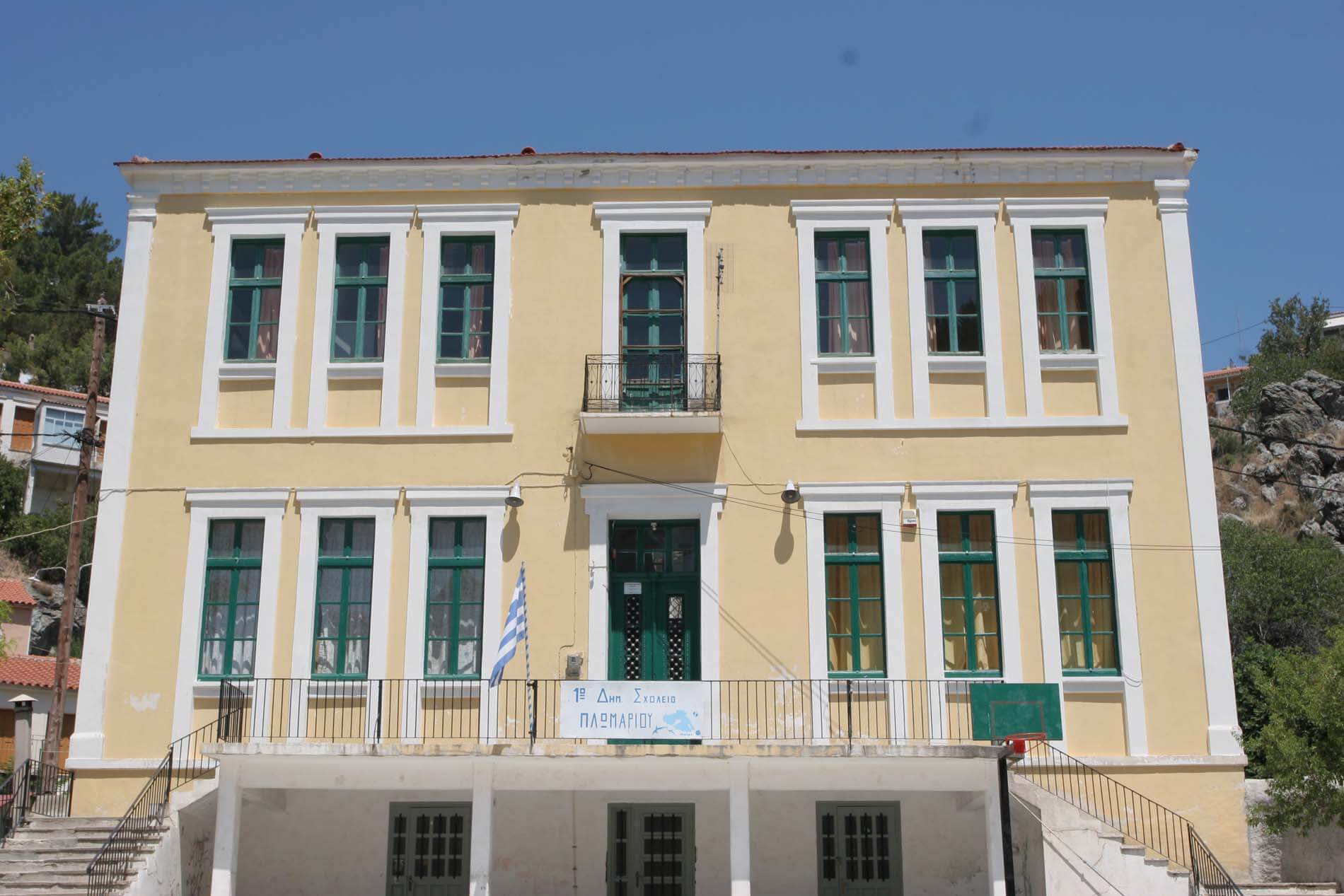
The Museum of Soap Manufacturing is hosted in the Cultural Centre of Plomari. The Poulias soap factory has been restored and today hosts cultural events and purposes. The exhibits include tools of the creation of soaps, tags, brand seals, certificates, log-files and personal items of the factory owners.
The Folklore Museum of Plomari is unfortunately temporarily closed since the earthquake of 2017. It is located in the centre of the town, above one of the traditional cafés of Plomari. The museum showcases the everyday life of the locals during the last two centuries, including traditional dresses, household items and tools of work.
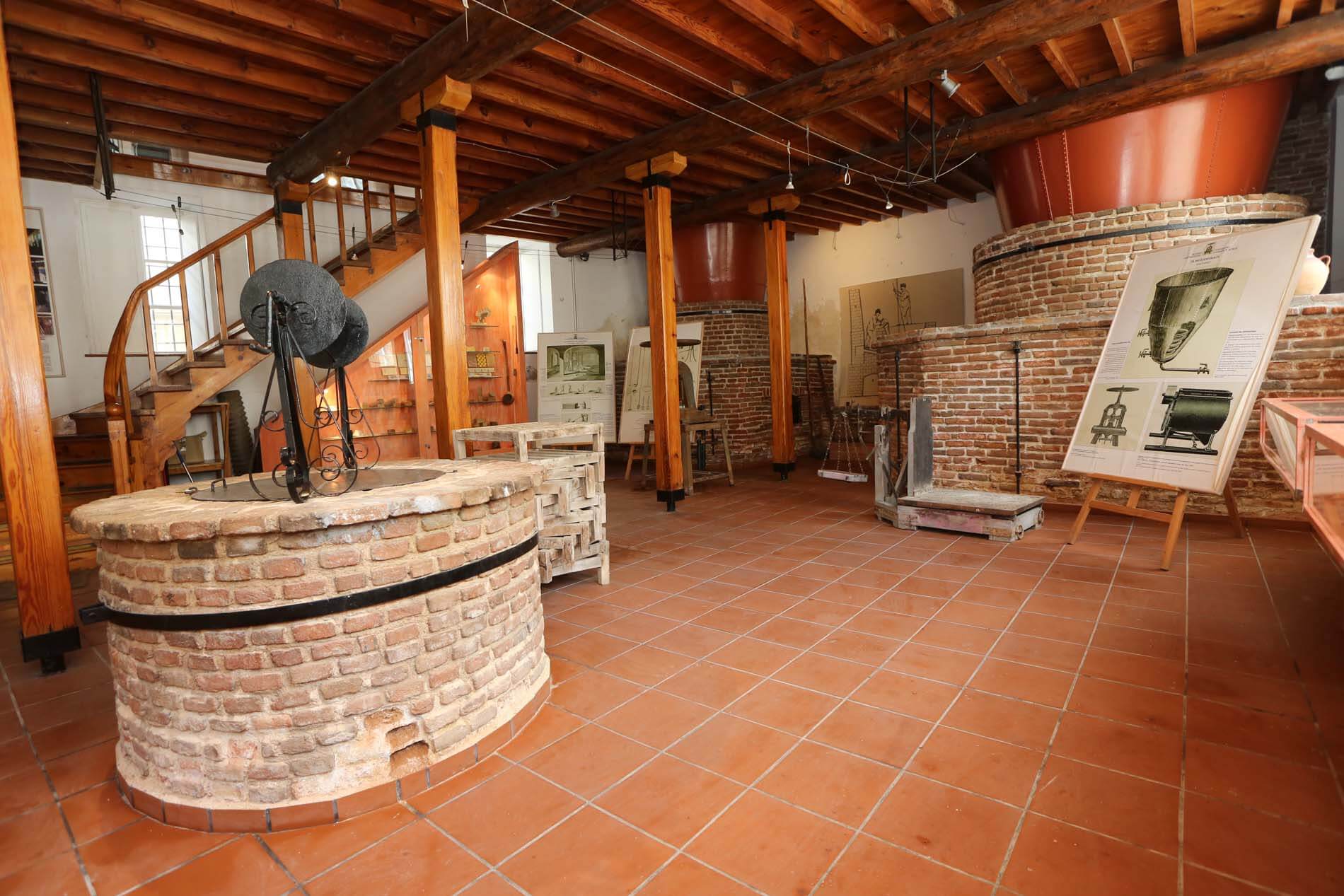
Explore the Museums of Plomari
Plomari Trivia: #museums
Plomari offers a glimpse into its unique industrial heritage through its museums. Here are two very popular options:
Barbayiannis Ouzo Museum: This museum, located near Ayios Isidoros, showcases the 150-year history of the Barbayiannis family’s ouzo production. You can even see the distillery’s first alembic!
The World of Ouzo Museum: Situated on the road to Playia village, this museum explores the 120-year legacy of the Plomari Ouzo Distillery Isidoros Arvanitis. Learn about the ingredients, facilities, and equipment used to create Greece’s most popular ouzo.
Yes, although currently closed, the Folklore Museum of Plomari offers a glimpse into the everyday lives of Plomari’s residents over the past two centuries. This museum, located in the town center above a traditional cafe, showcases traditional clothing, household items, and tools used for work.
Greece is a great destination for people who want to combine travel with work and experience a different way of life. If you are looking for the best alternative destination for workation, then why not considering Plomari, in the island of Lesvos, and enjoy work and life by the beach?…
ΠερισσότεραACCOMMODATION IN PLOMARI
Where to stay
Find the perfect place for a tranquil escape in Plomari. Discover our collection of unique hotels and vacation rentals in Lesvos.

